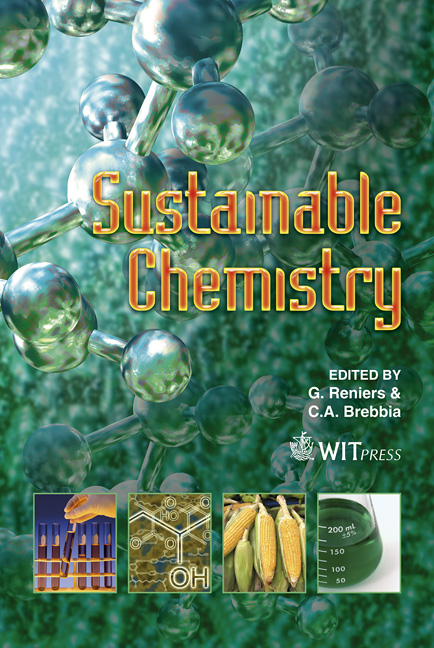Catalyst Design With Porous Functional Structures
Price
Free (open access)
Transaction
Volume
154
Pages
10
Page Range
93 - 102
Published
2011
Size
669 kb
Paper DOI
10.2495/CHEM110101
Copyright
WIT Press
Author(s)
J. Van Noyen, S. Mullens, F. Snijkers & J. Luyten
Abstract
The chemical industry is experiencing important changes. The driving force for these changes is a growing need to improve competitiveness and consolidate market positions while complying with the regulations for safeguarding human health, and the environment. Currently, what is known as \“green chemistry” or \“sustainable technology” is at the heart of the changes the chemical industry is undergoing. Catalysis and materials science will play an important role in this new approach. One domain with specific relevance is porous ceramics and metals, substrates with pores sizes ranging from vacancies at the atomic level to macro pores with sizes of millimeters. There are plenty of emerging applications for porous functional components. Each application will specify the window of properties of the porous material. A technology assessment of the developed porous materials and powder processing techniques for their use as catalyst or membrane system will be presented, limited to inorganic porous materials which can be synthesized by dry and wet powder processing methods. The applications overview for porous materials is focused on macroporous components with a designed functional coating. Keywords: porous materials, powder processing techniques, catalysis, structured reactors, catalytic membrane reactors, coating techniques. 1 Introduction It is widely acknowledged that there is a growing need for more environmentally acceptable processes in the chemical industry. This trend towards what has become known as \“green chemistry” or \“sustainable technology” necessitates a
Keywords
porous materials, powder processing techniques, catalysis, structured reactors, catalytic membrane reactors, coating techniques





